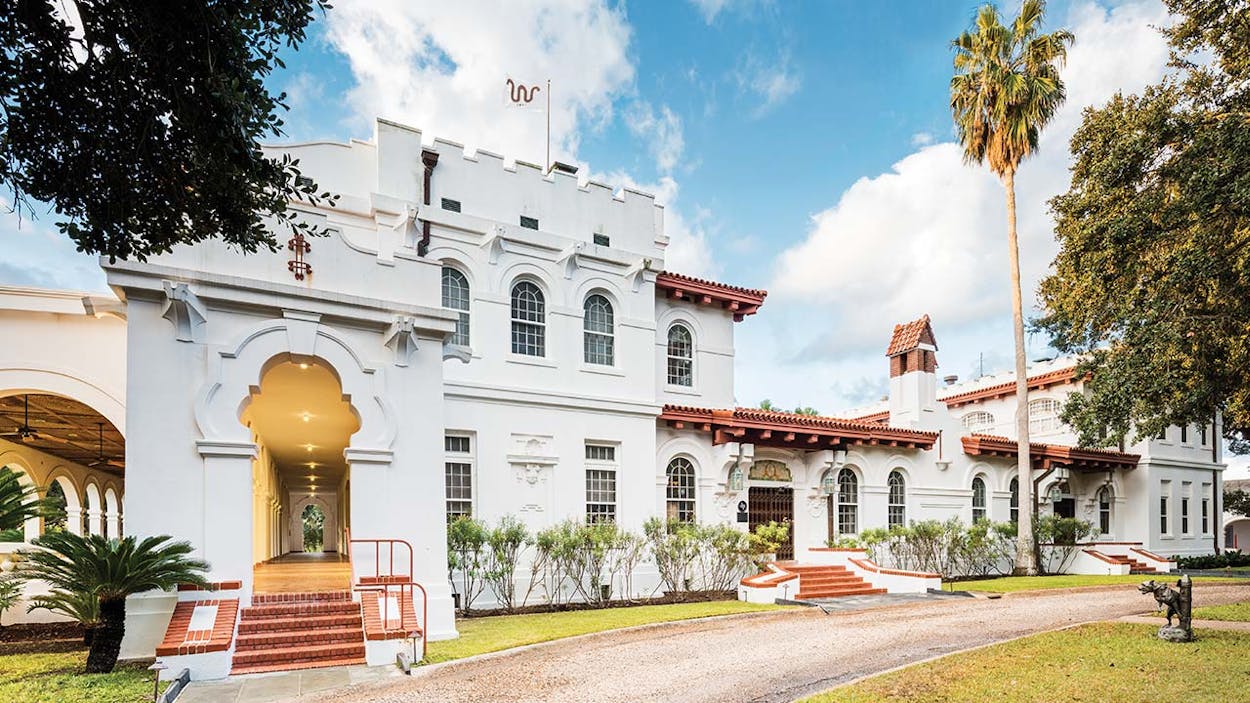Every year more than 35,000 people make their way to a South Texas town about forty miles outside Corpus Christi called Kingsville. They pile into a van or a passenger bus to tour the King Ranch, the largest ranch in Texas. They are driven by pastures where they see cherry-red cows and, if they’re lucky, some cowboys on horseback. They are shown water wells, windmills, corrals, barns, plows, and barbed-wire fences. Then they are taken to the ranch’s headquarters, the centerpiece of which is a two-story, 37,000-square-foot mansion with white stucco walls, a red-tile roof, arched windows, and a courtyard tower that features three stained glass windows. “You are looking upon King Ranch’s Main House,” the tour guide proudly says.
To outsiders who know little about Texas, such a tour must seem utterly unremarkable. Aren’t all ranches, they say, pretty much the same? And doesn’t every big ranch have some sort of main house? For the Texans who come to the King Ranch, however, the trip is nothing less than a pilgrimage. Indeed, along with the Alamo and the Capitol, the 825,000-acre King Ranch, which a Rio Grande steamboat captain named Richard King started as a 15,500-acre cow camp in 1853, remains our state’s most storied landmark. And the Main House, which was built in 1915, is one of our state’s most famous residences: the ancestral home for seven generations of the King family.
For decades, reporters and historians have begged to get a look inside the Main House. But they have almost always been turned down. Although no one has lived permanently at the Main House since the seventies, the members of the family, who are now spread throughout the country, still consider it their private residence. Visitors who take the official tour of the ranch are not even allowed to get out of the vehicles and stand on the perfectly manicured Main House lawn. Sitting in their vinyl seats, they can do nothing but imagine what life is like behind those great front doors.
But last fall, to celebrate the one hundredth anniversary of the construction of the Main House, the family invited Texas Monthly to photograph several rooms on the first floor. (The second floor, which consists of the family bedrooms and sleeping porches, remained off-limits.) It was a rare opportunity to get an inside look at the ultimate symbol of the King Ranch’s glamour, power, and wealth. “What I think you’ll find most amazing about the Main House is how little it has changed,” says 69-year-old Tio Kleberg, King’s great-great-grandson who oversaw the ranch’s cattle and agriculture operations from 1977 to 1998. “Every time I walk in there, I feel like I’m walking into history.”
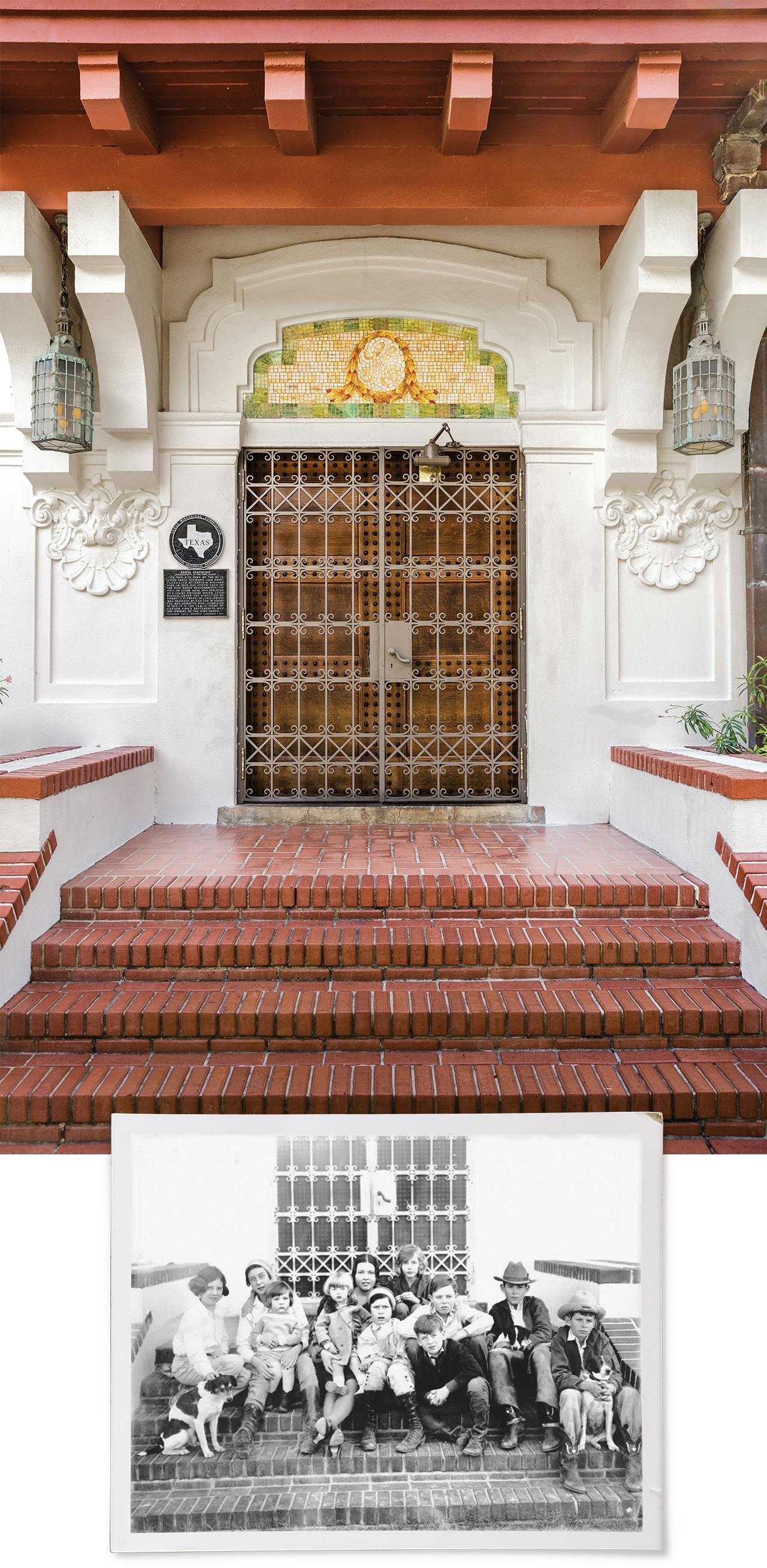
After Captain King started his cow camp, he and his new bride, Henrietta, lived in an adobe hut that was so small she had to hang her pots and pans outside. There seemed little chance the Kings would survive, let alone get a cattle business going. Comanche Indians and border bandits roamed the area at will. During the Civil War, the land was raided by Union soldiers as well as bloodthirsty cattle and horse thieves. Not only did they survive but King zealously kept buying more land and launched massive cattle drives, sending his herds north to the markets in Kansas. As the ranch grew, he and Henrietta built a five-room Prairie-style house and, later on, a three-story Victorian home. That dwelling was a marvel, the only residence in that sultry stretch of country for miles around. A driveway of crushed white shells led to the front door. A couple of cannons from King’s riverboats were placed near the house to protect it from attack.
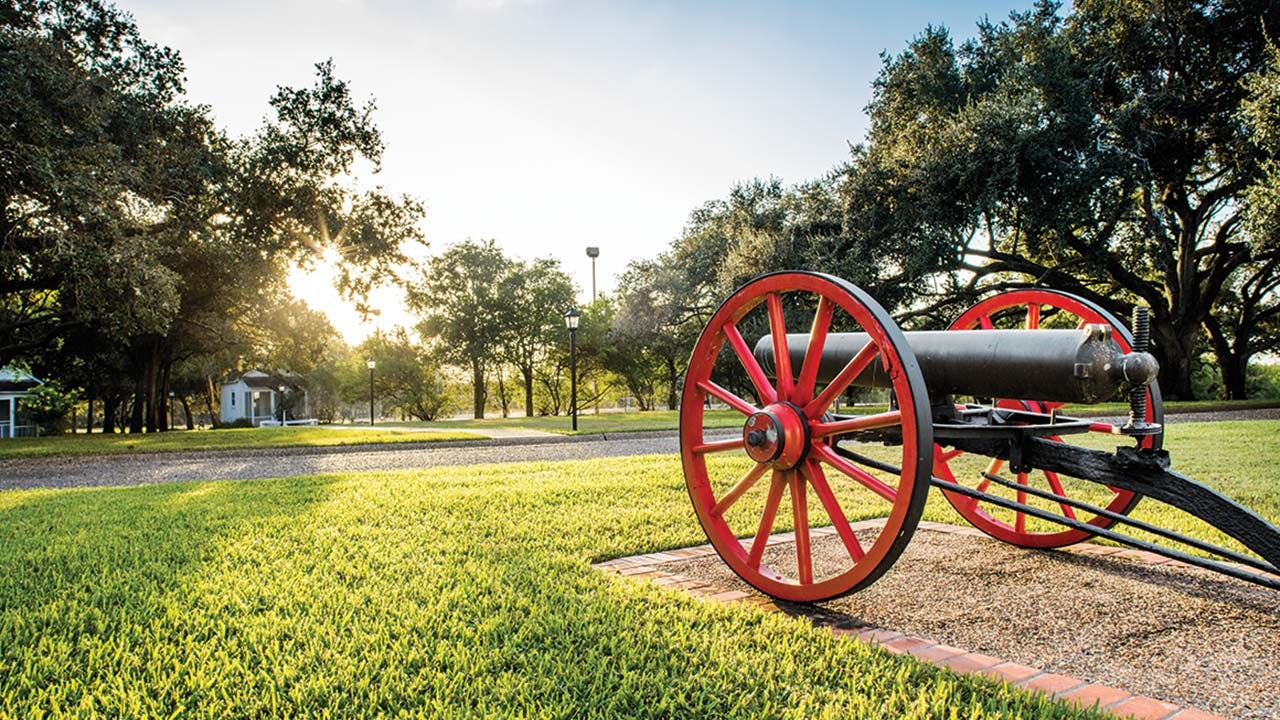
By the time King died, in 1885 at the age of sixty, he had become America’s greatest cattle baron, with more than 40,000 cattle roaming his 500,000-acre ranch. He left everything he owned to Henrietta. According to Tom Lea’s family-authorized 1957 history, The King Ranch, she didn’t seem like the type of woman who would want to oversee a massive ranch. The daughter of a Presbyterian minister, she was a Bible-reading teetotaler who was appalled by ostentation. When Captain King once gave her diamond earrings as a present, she had a jeweler cover them with dark enamel “to avoid the vanity of their display,” one of her grandchildren would later say. After her husband’s death, she wore nothing but widow’s black. Twice a year, wearing a long black dress, she would tour the ranch in a black carriage, staring solemnly at the cattle.
But Henrietta turned out to be as much of a visionary as her husband. She donated land not far from the ranch headquarters to help create the town of Kingsville in hopes of luring businesses there to service the ranch. She had a school built to educate the children of the ranch’s Mexican American cowboys (known as Kineños, “King’s men”). She told her youngest daughter’s husband, Robert Kleberg, whom she chose to manage the ranch after Captain King’s death, to continue buying land. And, wrote Lea, in the early morning hours of January 4, 1912, when the ranch’s Victorian home was being ravaged by a fire that was later thought to have been arson, she “very calmly emerged from the burning house, wearing black and carrying two small bags, one with medicines and another with a few valuables.” She blew a kiss to the house, and within a couple of days, she told Robert that it was time to rebuild.
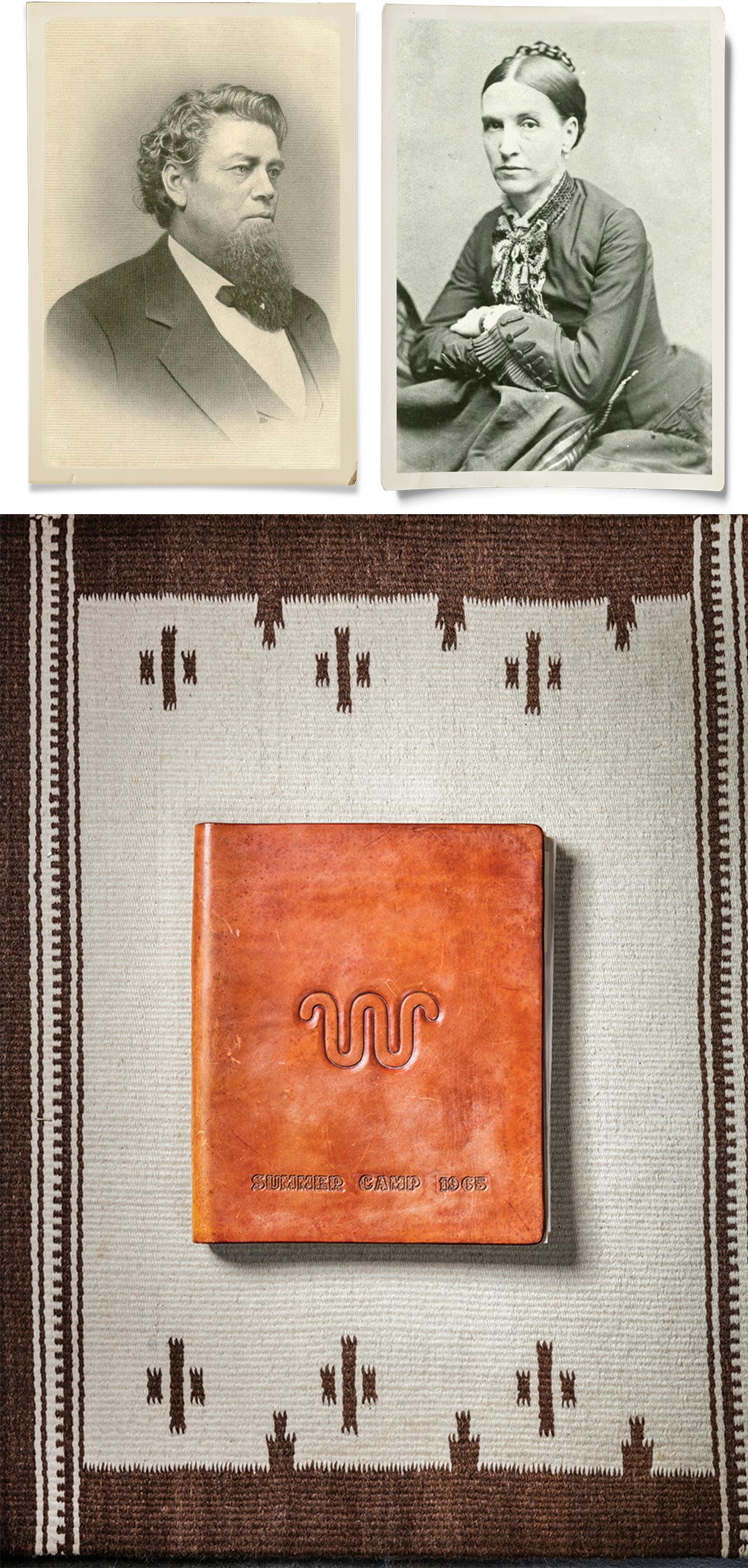
Practical as ever, Henrietta, who was then 79 years old, said that she wanted the new Main House to be so comfortable that the cattlemen who had been working all day would not feel the need to take off their boots when they walked inside. But she also wanted to create a family legacy and make the home a gathering spot for years to come for her five children, her grandchildren, and her growing brood of great-grandchildren. What’s more, she knew that the Main House needed to be big enough to accommodate the family’s guests and business partners. If they were willing to come all the way to remote South Texas, then the least she could do was feed them and put them up for the night.
Robert went to work, asking various architects around the country to submit designs. Although most of them proposed Victorian-style homes, Carl and Carlton Adams, an uncle-nephew team from San Antonio, presented a sketch of a home that looked like a casa grande found at a Mexican hacienda—“a mammoth villa built to stand in the florid light of a hot southern sun,” wrote Lea. They envisioned a large interior courtyard overflowing with tropical plants, and they wanted long, wide hallways and plenty of windows to pull in whatever breeze could be found.
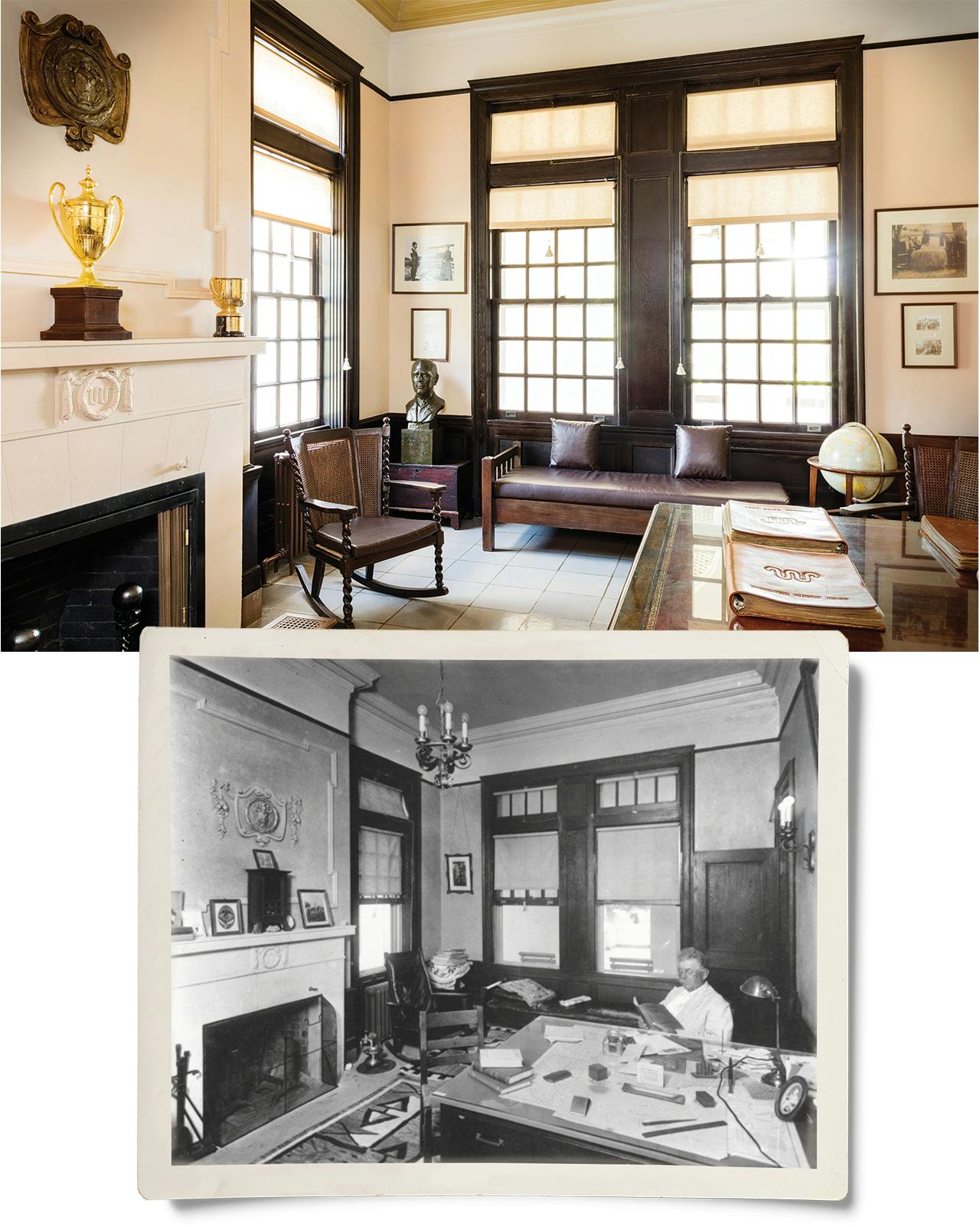
Impressed, Henrietta and Robert gave the San Antonio architects the job. They then hired Tiffany Studios, in New York, to design the interior of the Main House, which included installing all the fixtures and selecting the furniture. Henrietta and Robert asked the studio to build a table for the dining room that would seat fifty, and they commissioned an artist, whose name has been lost to history, to produce a gigantic painting of the Alamo, nearly six feet tall and eight feet wide. They also decided to hang paintings of the ranch’s landscape, wildlife, and livestock by James McCan, a San Antonio artist whom Henrietta especially admired.
The construction of the home and the work on the interior took two years to complete, at a cost of about $350,000 (adjusted for inflation, that would be more than $8 million in today’s dollars). On May 20, 1915, in an article headlined “Texas’ Largest Ranch Has Finest Ranch House in the World,” the San Antonio Express gushed that the Main House captured “the glory of the sunsets, the restless pulsing of the mighty gulf, the night winds bringing the lowing of thousands of cattle, the melody of the bird-haunted prairies.” Besides the enormous dining room, the first floor included a spacious entrance hall, an expansive grand salon, a library, a music room, a couple of offices, bedrooms for business partners, and a long reception hall that featured mounted heads of cattle and bucks. Lining the marble stairway to the second floor was an ornate Italian bronze balustrade. In the stairwell itself were the eighteen-foot-tall stained-glass windows—a special Tiffany touch. There were twelve bedrooms on the second floor, each of which contained fireplaces and adjoining bathrooms.
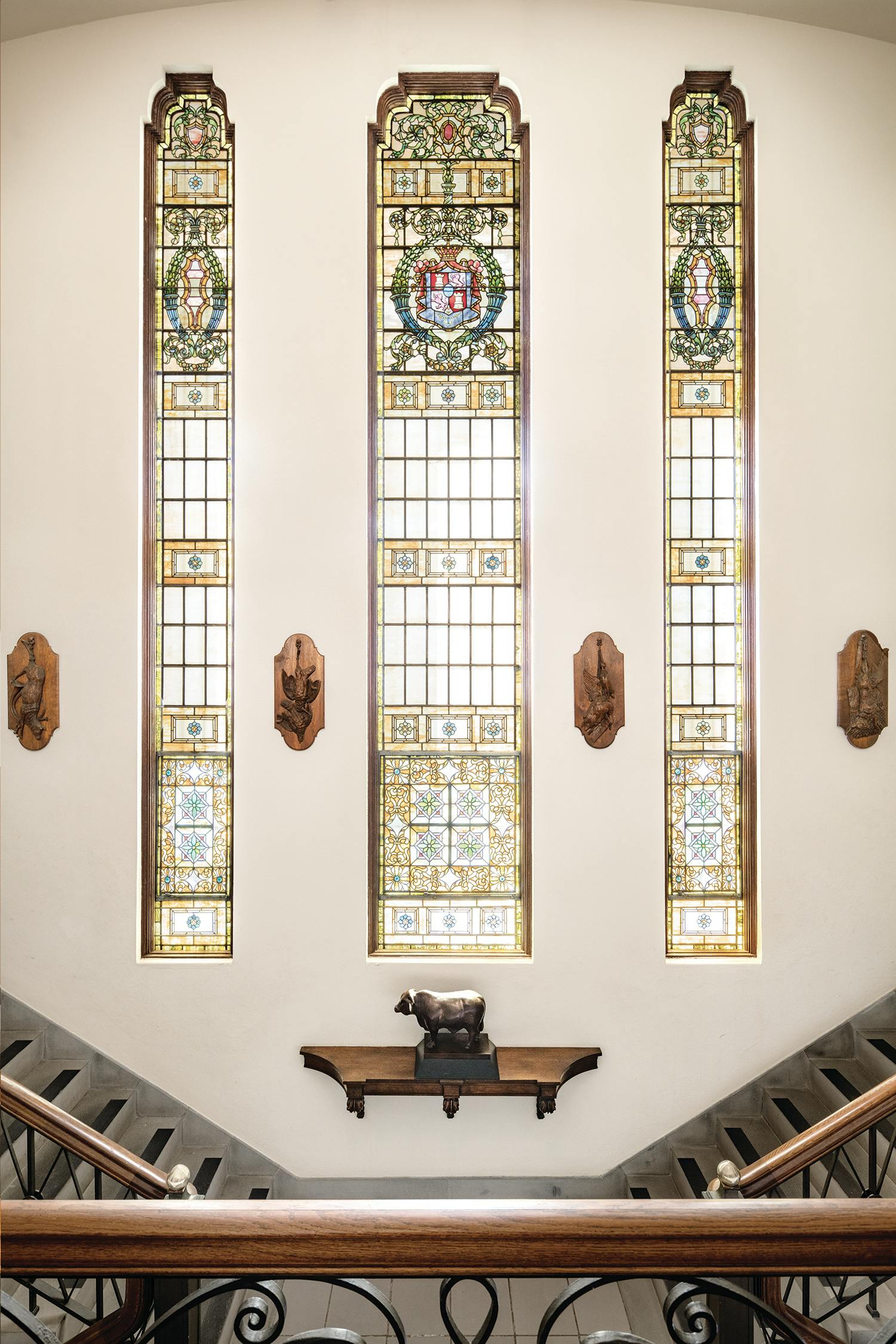
Henrietta lived in a three-room suite on the second floor. In the mornings, she put on one of her black dresses and walked through the garden, where she pointed out to her cooks the vegetables that should be picked for that day’s meals. She liked to spend her afternoons at one end of the reception hall, sitting in a rocking chair, where she’d sew or read, usually the Corpus Christi newspaper. Early in the evenings, she had a bell rung outside the home to announce that dinner was about to be served. Henrietta would preside at the head of the table while Robert would sit at the other end and carve the meat. Alcohol was, of course, not served, though several of the men would discreetly leave the table throughout the evening to sip from flasks. After dessert, the entertainment would consist of skits, readings, and boisterous singing around the piano. (Dancing and card games were strictly forbidden.) Her favorite hymn, “Rock of Ages,” would almost always close out the night. Everyone would retire to their bedrooms, and at sunrise they’d be awakened by her beloved plume-tailed peacocks that strutted on the lawn.
Henrietta died in 1925 at the age of 92. Her body lay in state in a bronze casket in the grand salon. Hundreds who knew her arrived to pay their respects, from Northeastern bankers to the residents of Kingsville, the town she had created. Kineños, some of whom had ridden for two days from the ranch’s far divisions, led the funeral procession to the cemetery. They circled the open grave on horseback, holding their hats at their sides.
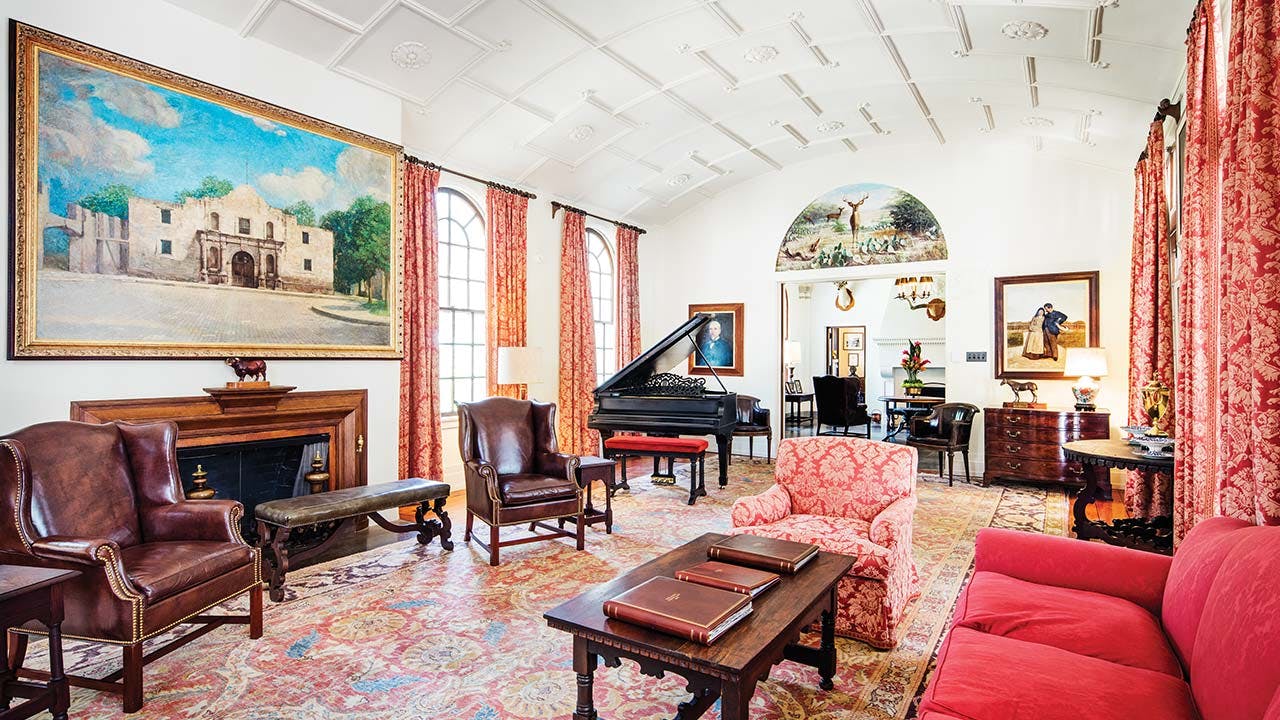
By then, Robert had suffered a stroke and the King Ranch was being run by his son, Robert Junior, who went by Bob. Although he had a squeaky voice and slumped in the saddle when he was on horseback, he proved himself to be a kind of ranching genius. He and his cowboys invented the cattle prod and the root plow. They created the Santa Gertrudis, the first American cattle breed, and they bred the first registered American quarter horse. Bob not only transformed the ranch into the most important beef-producing operation in the United States, but he also raised Thoroughbred racing horses and trained them on the ranch’s sandy soil. In 1946 the King Ranch stallion Assault shocked the sports world by upsetting the best Kentucky Thoroughbreds to win the Triple Crown.
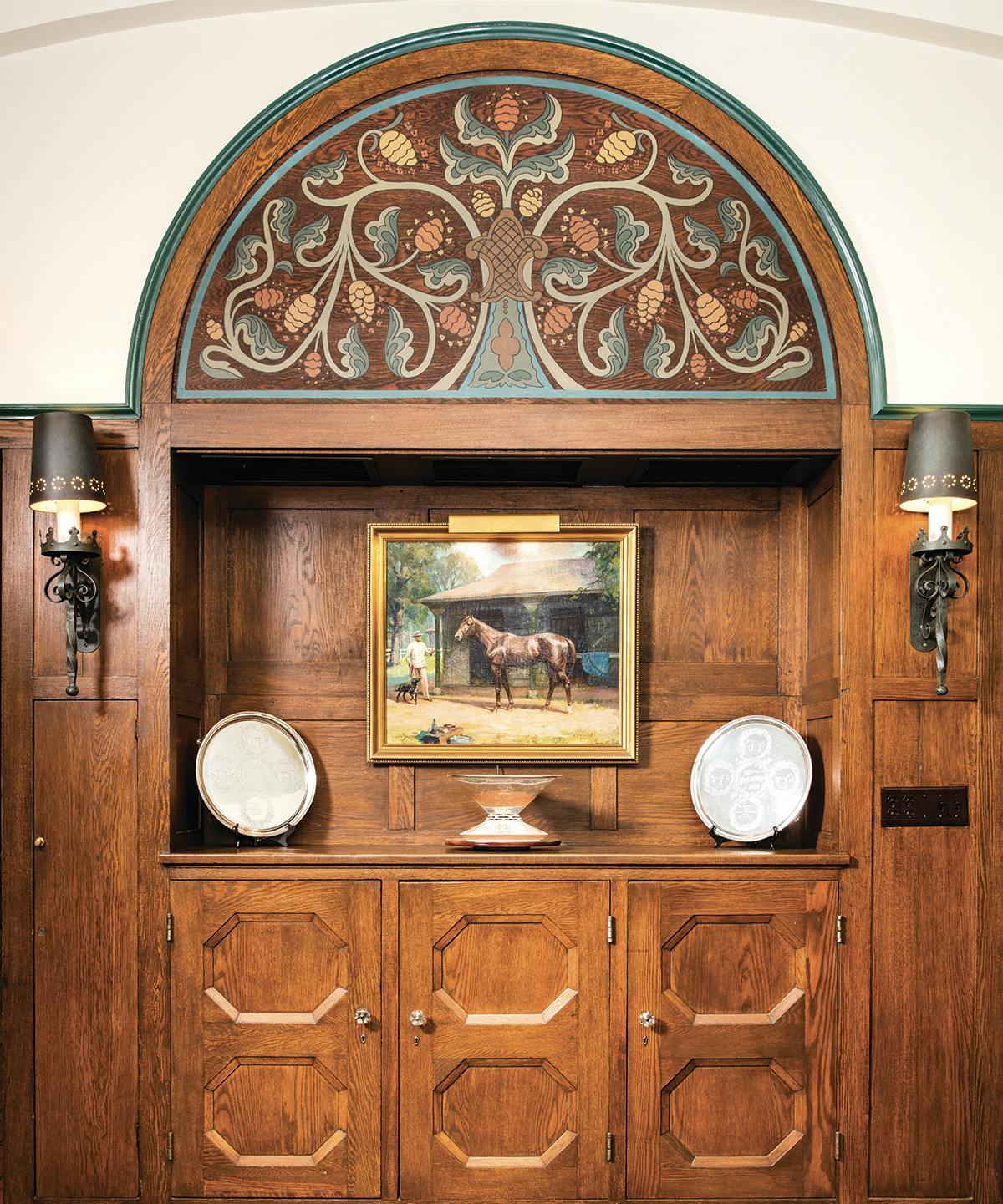
Incredibly, Bob became a genuine celebrity and was featured on the cover of Time magazine in 1947—the first rancher to earn such an honor. According to John Cypher, the author of Bob Kleberg and the King Ranch, Bob loved to live big. He kept a suite on the thirty-seventh floor of the Pierre Hotel, in New York City; drank single-malt scotch at the 21 Club; and traveled around the world in a private jet, visiting ranches he had bought in Spain, Morocco, Australia, Venezuela, Brazil, and Argentina.
Whenever he was at the South Texas ranch, all sorts of people passed through the front gates just to meet him and get a look at the ranch. Will Rogers showed up to rope cattle with the ranch’s cowboys; Georgia O’Keeffe arrived to admire the landscape and wildlife; and Edna Ferber made her way there to scribble notes for a novel she was writing called Giant. “When the king of Morocco came, he wore a fez,” recalls Bob’s daughter Helenita Groves, who’s now 88, the oldest living member of the King-Kleberg family. (She was born in 1927, the only child of Bob and his wife, Helen, the daughter of a Kansas congressman.) “When King Peter of Romania came, we had the cooks serve him oysters in cream sauce. And we had a practice tea party to prepare for Lord and Lady Halifax when they came over from England. But Lady Halifax only wanted a cup of coffee and Lord Halifax a glass of water.”
Needless to say, the rules of the Main House were loosened under Bob’s tenure. Alcohol was served. Card games were played. The kids ran all around the house. “For us, it was like a huge fort,” says Tio Kleberg, Bob’s nephew, who was raised in Kingsville in the fifties and sixties and who spent his weekends and summers living at the Main House. “We’d play hide and seek. We’d climb up on the roof. I used to sneak into the house with my BB gun and shoot at the birds that flew through the open windows. One day, I shot a hole in one of the Tiffany windows, and it got me a huge licking when I lied and said I didn’t know anything about it.”
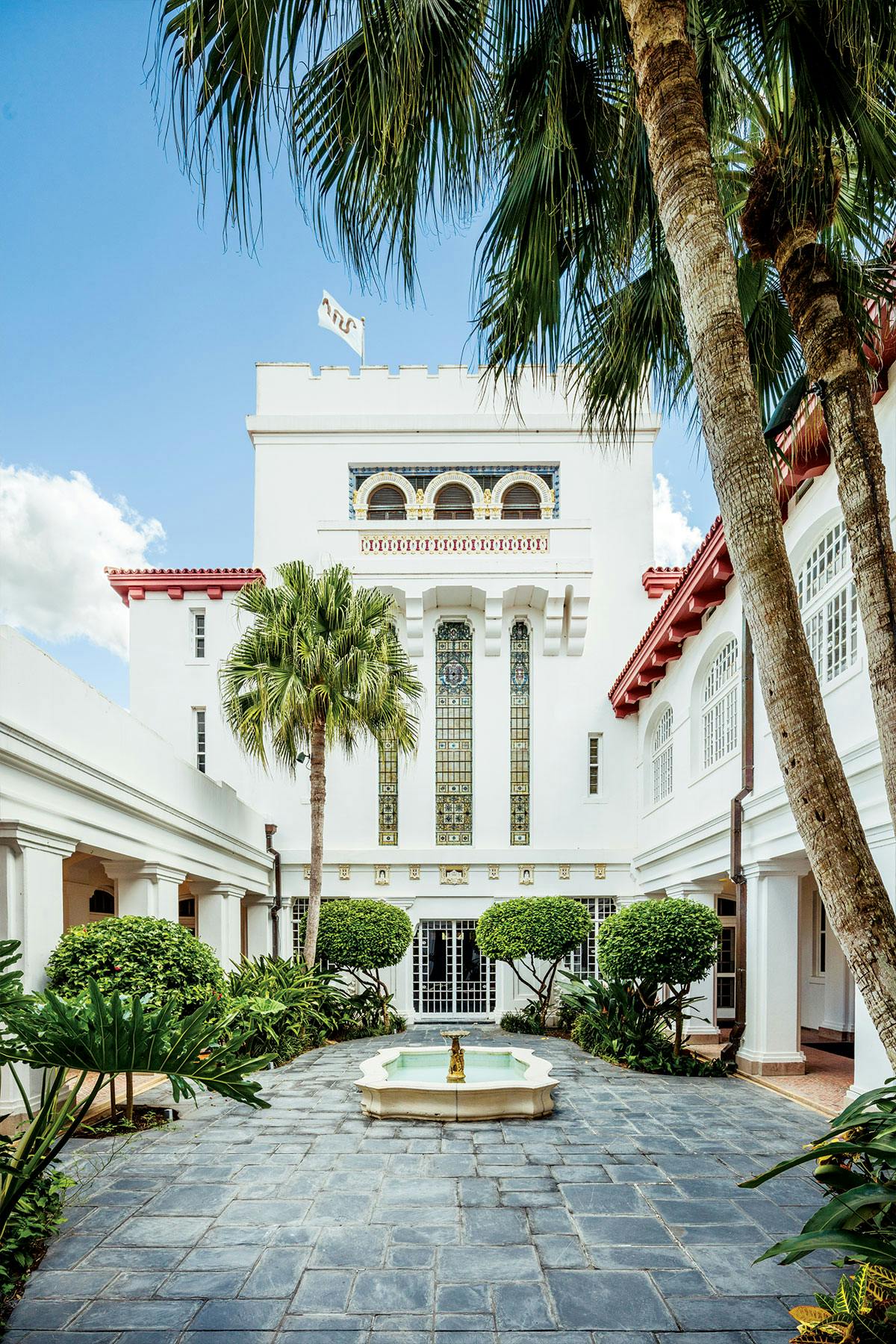
Bob did not allow every visitor into the Main House. When Ferber showed up, he invited her to lunch at the small home at the ranch headquarters where he lived with Helen and Helenita. But he found Ferber so nosy that he sent her away at the end of the lunch and refused to give her a tour of the Main House. Nor was Time, in its celebrated cover story on Bob, allowed to photograph the Main House. “Some people thought we should make the Main House into something like a museum,” says Helenita. “But Daddy said, ‘No, this will always be a home for our family. That’s the way Mrs. King would have wanted it.’”

According to Cypher, when Bob died, in 1974, “a thousand or more from all over the country” came to the ranch for his funeral, which was held inside and on the lawn of the Main House. The mourners ate a “camp lunch” and drank from “bottle after bottle of century-old cognacs, rare vintage wines, and private-label bourbons and scotches.” No one needed to be told that Bob’s death marked the end of an era. In fact, as the years passed, a committee of senior family members decided to end his Thoroughbred racing program and sell off all the other ranches he had bought. Knowing they needed to expand their business operations to counteract the up-and-down cycles of the cattle market, the family bought huge sod, cotton, and milo farms, and they purchased 36,000 acres of Florida citrus groves. On the South Texas ranch, they began to lease much of their land to corporations for hunting, and as ranching techniques were modernized, they laid off many of the Kineños. When Texas writer Don Graham took the bus tour of the ranch for his 2003 book Kings of Texas: The 150-Year Saga of an American Ranching Empire, he wrote that the land “had the appearance of a deserted movie studio lot, all the players, all the color and action and purpose strangely absent, leaving only structures and machinery.” Yet when the bus cruised past the Main House, he was as captivated as everyone else who had seen it. “It rises above the trees,” he wrote, “commanding the landscape of brush and pastures stretching away to the southwest.”
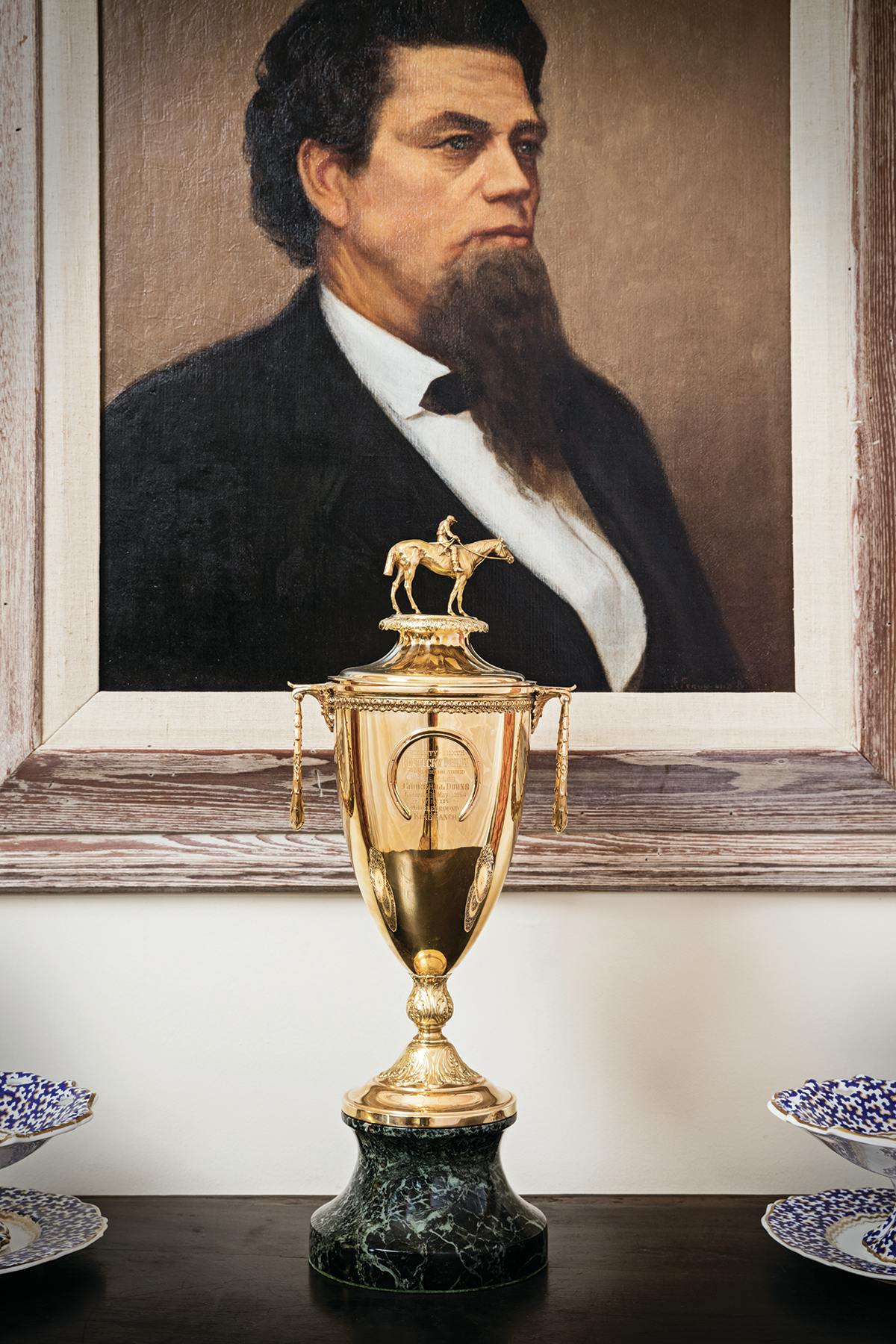
Today only one of the estimated two hundred lineal descendants of Richard and Henrietta King works and lives full-time on the ranch: 31-year-old James Clement III, whose father, Dallas resident James H. Clement Jr., is the chairman of the King Ranch board of directors. James manages the ranch’s horse operations and lives in a bungalow near the ranch headquarters. The others pursue a variety of non-ranching occupations. Those who remain shareholders in the ranch—there are between 75 and 100 who have King Ranch stock—have the right to stay whenever they want at the Main House, which has a permanent staff of twelve employees, including four butlers and three cooks. All they have to do is call the office and make a reservation. (The cost of a bedroom ranges from $100 to $125 a night.) They bring along members of their own families and guests. They ride horses, hunt, swim in a pool behind the house, play tennis on one of the courts across the lawn, peer through binoculars at the abundant wildlife, and work cattle with the ranch’s professional cowboys. At night, they dress up for dinner, just like family members and guests did in Henrietta’s day, and then, at sunrise, they are awakened by the calls of the peacocks.
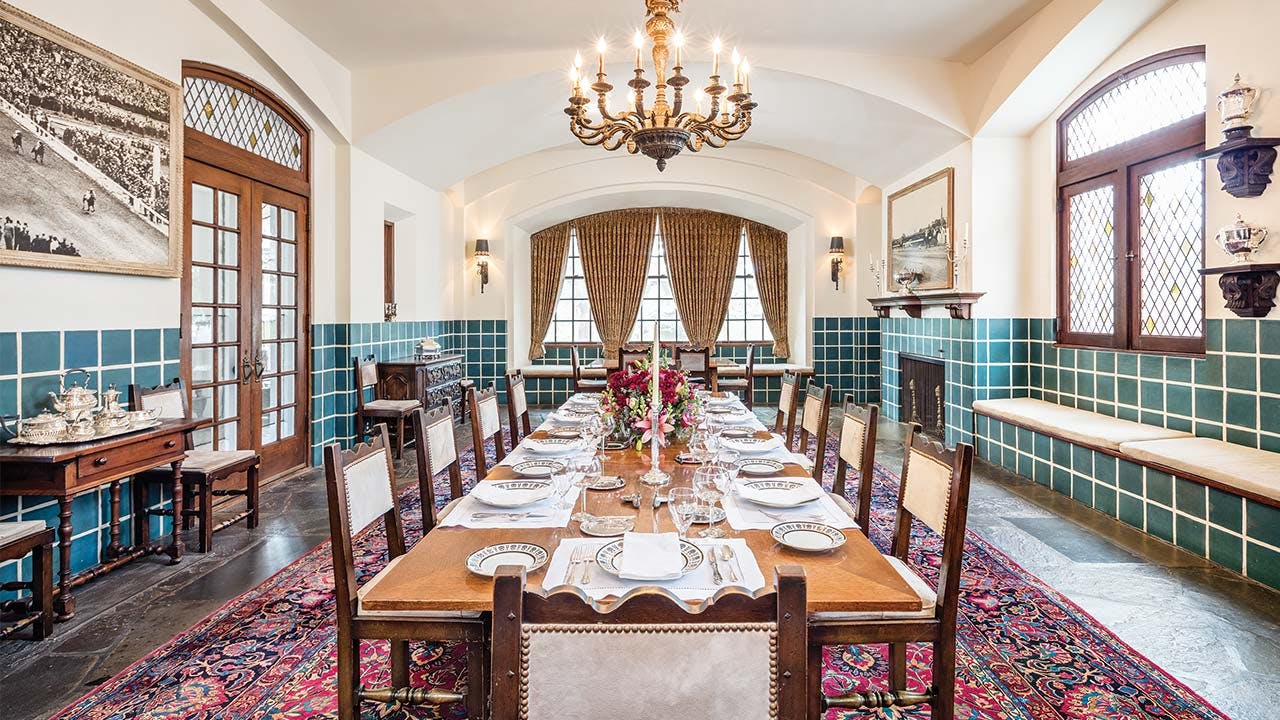
“Where else in America can you find a one-hundred-and-sixty-two-year-old family business that’s still one hundred percent family-owned?” says Bob Kinnan, a ranch executive who, among his many duties, supervises the Main House. “It’s amazing, when you think about it, how this family remains fiercely devoted to its ranch.”
The Main House has been updated, of course. There is air-conditioning and Wi-Fi. In the library is a television. (“About the only time someone turns it on is to check football scores,” says Kinnan.) In the late eighties, when the family members agreed to redo the wiring and plumbing, they also decided to restore much of the interior of the house, doing what they could to re-create its original appearance. A company was hired to scrape away all the wallpaper and the coats of paint that had been added to the walls since 1915. The oil paintings were touched up, and all the Tiffany stained-glass windows that had been cracked were replaced. “I still have one of the broken pieces,” says Tio. “I keep it as a constant reminder to do the right thing and always tell the truth.”
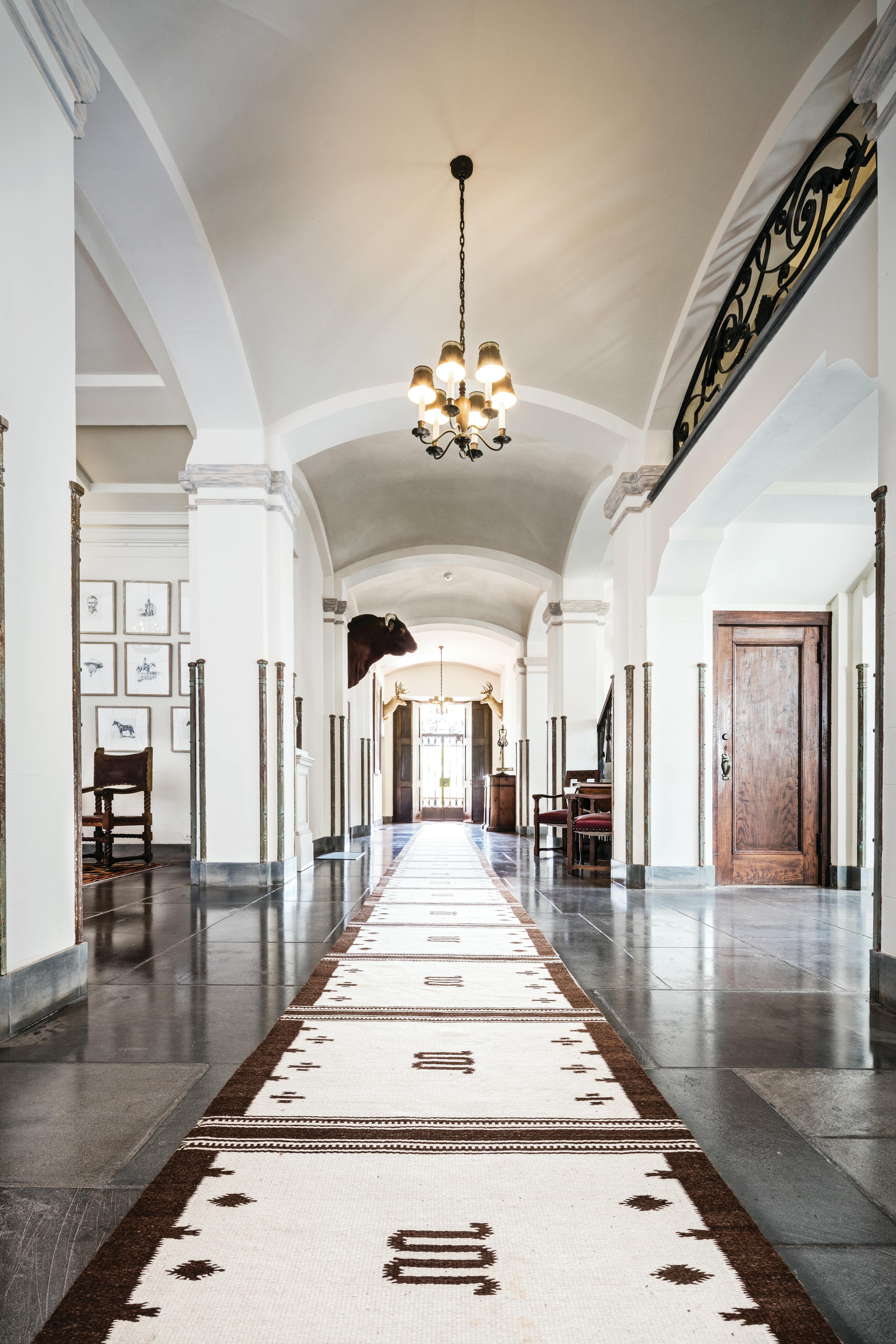
There is no telling what the King Ranch will look like 162 years from now. There is talk of selling off some of the coastal-area ranchland that butts up against Corpus Christi as residential real estate. There is also talk of purchasing other big ranches around the country that are on the market. The board even took a look at the state’s second-largest ranch, the 520,000-acre Waggoner Ranch, near Wichita Falls, which is currently for sale, but decided not to make an offer—at least not yet.
“But regardless what happens, I promise you that one thing will never change,” says Tio. “We’ll never stop being a ranch, and the Main House will always remain standing. And that’s exactly how it should be. We don’t mess with history. We know better.”



